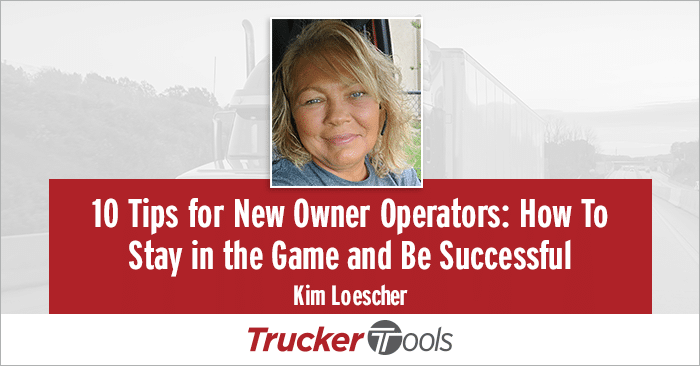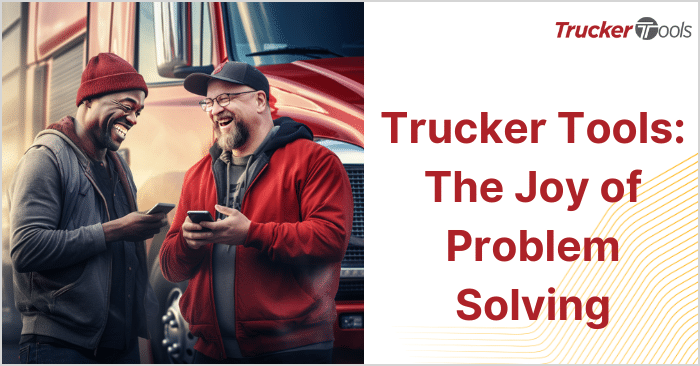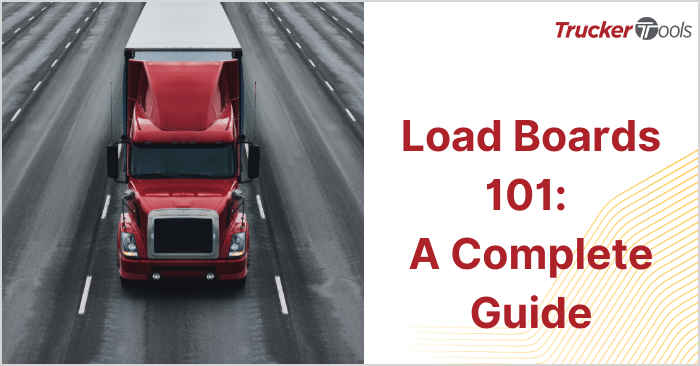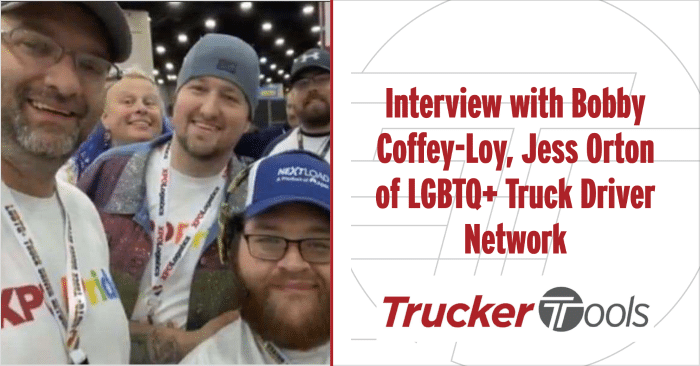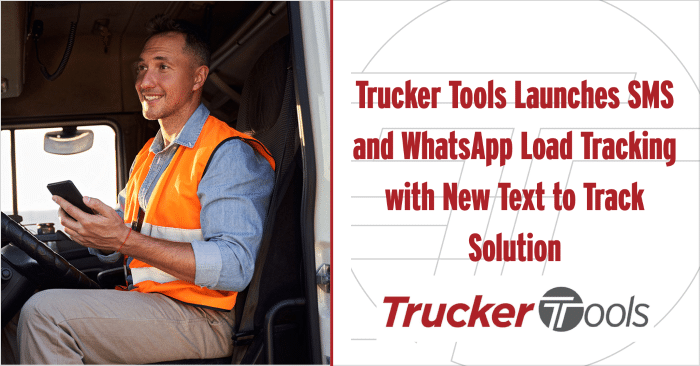Over the last year and a half, more than 113,000 for-hire trucking applications have been granted federal operating authority, 70 percent of which have been granted to solo owner operators. If you’re one of those newly-minted owner operators, you may be looking for advice on how to make sure you first year as an owner operator is a good one. We recently interviewed Kim Loescher, who transitioned from company driver to owner operator this year, to find out why this year was the right time for her to make the change. Kim also shared some of the lessons she’s learned in her first year of business as an owner op.
Check out Kim’s 10 tips for new owner operators on how to stay in the game and be successful.
1. Get Experience as a Company Driver First
“I feel that everybody should have a minimum of five years as a company driver— at a minimum,” Kim said. “I even made this suggestion when I was training drivers. You need five years as a company driver to get out here, learn the ropes and make all of your mistakes that you’re going to make because you’re going to make them. As an owner op, your mess-ups make you lose way more money, whereas if you’re a company driver, you’re not losing as much.”
2. Do Your Research
“Take your time and make sure you do research before you make the decision to become an owner operator,” Kim shared. “Figure out what you want to pull. Do you want to pull reefer or flatbed? Over the last six or seven years while I was a company driver, I did a lot of research and talked to friends who are successful as owner operators as part of my decision-making process.”
3. Think Big Picture on Rates and Relationships
“I have certain people at certain companies that I will do my loads through,” Kim said. “I build my relationships with them because when they have a certain area or they have a certain type of load, if they know where I’m at or if they have a good rapport with me, they know they can call or text me anytime. You might have to take a little less. Sometimes it doesn’t hurt to take a little less money when you’re building those relationships with brokers.”
4. Develop a Support Network
“I’m very fortunate that I have the support system that I have,” Kim shared. “One person gave me that little push to become an owner operator by saying, ‘Why are you still a company driver? You’re much better than this. You can do this. There’s no better time than now.’ At the time, I was a company driver and I was at a standstill. I wasn’t growing. Sometimes you’ve got to go to grow and I thought, you know what, it’s time for me to do this. It was a big jump and I’m doing very well with it, to say the least.”
5. Factor in Backhauls/Deadheading
“You need to know that sure, a load might be paying you $4,000, but it’s taking you into an area where there’s really no freight,” Kim advised. “So you have to see what’s coming out of that area within so many miles. What does it pay? Are you really going to make out by taking that higher dollar? You’ve got to do your averaging there. You also have to think about how much fuel you’re going to use. Trip planning becomes even more important.”
6. Track Operating Expenses
“My thing as a company driver was that I wanted miles,” Kim said. “As an owner operator, you’ve got to think differently. More miles means more wear and tear on your truck and you’re burning more fuel. You have to think differently. What’s this load going to cost me and what am I going to make on it? The biggest challenge for me in going from company driver to owner op has been handling all the paperwork and making sure I’m keeping track of everything. I have an envelope for my receipts every month and a little book to track my expenses.”
7. Create a Maintenance Account
“Maintenance, that’s the big thing,” Kim said. “If I blow a tire, that’s $700 bucks and then on top of that you have to pay for a road call. I feel that you need to put back so much of your money that you’re making towards your maintenance or so much per mile. You need to have a separate account for it and it needs to come off right off the top. Figure out what your minimum take-home pay is, pay yourself and put the rest in your maintenance fund.”
8. Find an Accountant Who Knows Trucking
“You have to pay taxes quarterly as an owner operator,” said Kim. “You have to have a good accountant and it has to be somebody who is very good and knowledgeable in trucking. You can’t just go to any accountant because you have to know whether to save every receipt or take the per diem. I do save all of my receipts and then I turn the book over to my accountant each month.”
9. Balance Work and Home Time
“Being able to get home time is important because depression is big out here with drivers and it’s very easy to slip off into it,” Kim said. “It gets lonely out here. Drivers have to realize that it’s not just drive this truck down the road. There are a lot of other things that come with this job. Now as an owner operator, I’m home so much more. If I feel that I’ve done good enough for the week and it’s not going to hurt me, I’ll deadhead to get home. The money is very good out here, but the thing that’s most important to me is that I’m home every week.”
10. Be Willing To Track Loads with Apps
“I use the Trucker Tools app a lot for tracking and I’m finding more and more of my brokers that I’m booking are using Trucker Tools,” Kim said. “It’s very convenient for me. A lot of drivers don’t like to use tracking apps, but more and more loads are requiring it because they are higher dollar. Plus you don’t get all the harassing phone calls that we used to get when we didn’t have this technology. With an app, it’s all right there. There’s even a little section in it the Trucker Tools app that lets you enter your reefer temp, seal number, departure and all that. It’s very convenient. I love it.”
Be sure to check out Level Up Your Trucking Business: How To Build Your Trucking Biz with a New MC Number. To download Trucker Tools’ free mobile app, visit https://www.truckertools.com/carriers/.
